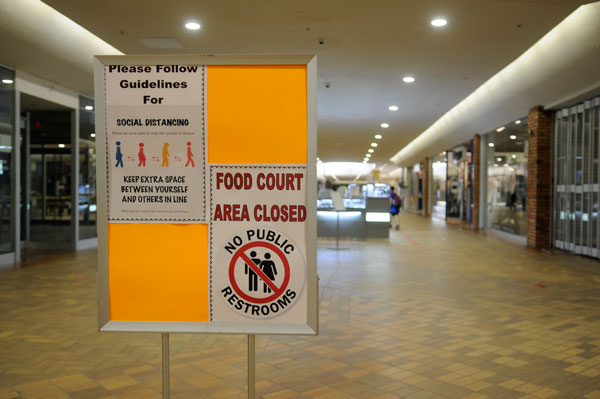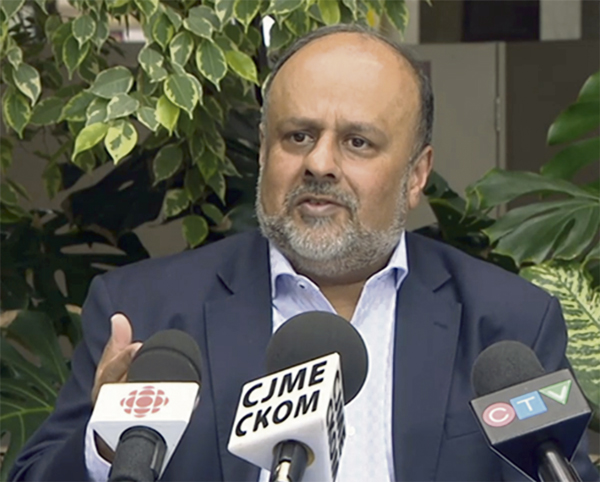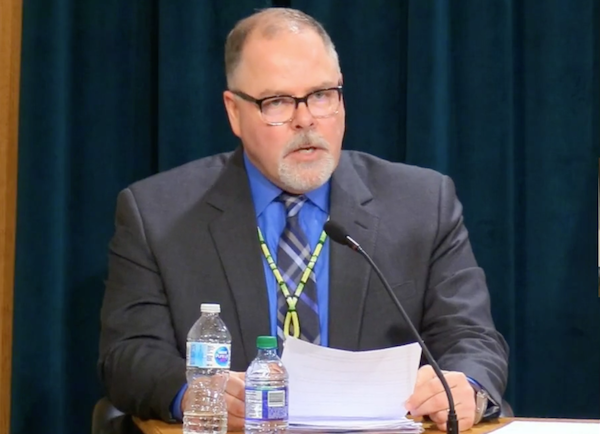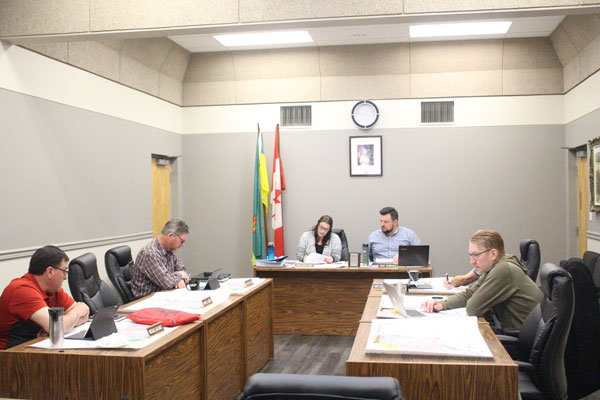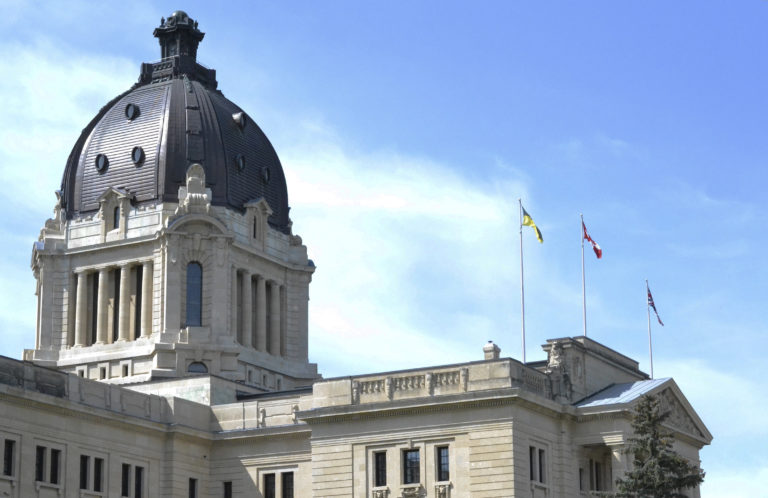Phase 2 of the Re-Open Saskatchewan plan saw more businesses across Prince Albert open including malls such as the Gateway Mall and other retail operations opening the province is cautiously optimistic. With only nine new cases over the Victoria Day long weekend including seven today Premier Scott Moe saw the news as positive in his first press conference since last Thursday.
“A significant number of Saskatchewan businesses will reopen today and a significant number of Saskatchewan people will have an opportunity to return to work and I know many people in Saskatchewan are looking forward to getting a haircut and I count myself among one of them,” Moe said.
Places reopening in Phase 2 include hair salons, clothing stores, shoe stores, flower shops and other businesses. Moe also on to playfully poke fun at the popularity of Chief Medical Health Officer Dr. Saqib Shahab whose fashions have become a popular item throughout the pandemic.
“…or maybe visiting their favourite clothing stores and pick up a new shirt or a new cardigan possibly. I expect that cardigans popularity has gone up substantially in this province over the past few weeks and for good reason,”
All of these things have to be done with new social practices in place.
“And of course each and every one of those businesses and their employees and their customers must continue to follow the safe physical distancing practices that have worked so well to date,”
Moe emphasized that the people of the province will have to continue to be responsible and do the excellent practices they have thus far.
“And I am confident that will happen and that we can continue to safely and successfully reopen our province Saskatchewan and giving Saskatchewan people the opportunity to return to work,” Moe said.
When Shahab addressed the issue of safe practices such as going on days when there is less crowding and there are items you need.
“I think just like when grocery stores were opened good information that was given out in terms of try to go at times when the crowding is less and really try to go at the same time and the same can apply to malls and other businesses as they open and the same goes for hair salons and other businesses if there is an appointment system in place the waiting times will be long but I think we all need some patience with that ,” Shahab said.
“Go to the malls really to shop for what you need and support businesses in that way and obviously comply with whatever measures are in place to minimize crowding in those settings as well.”
As far as Phase 3 of the plan the province is taking a careful approach but if things continue to go well Moe expects it to start sometime in June. Phase 3 would include opening of some restaurants and increasing numbers of people allowed in groups. Moe note that businesses have changed how they operate and that has been successful.
“I think in fairness what we have seen with the businesses that are open and have remained open throughout the COVID-19 pandemic and now open today or opened in Phase 1 have had to change how they are operating,” Moe said.
He emphasized that businesses have already changed and that restaurants would have to join them. The businesses in Phase 3 would need some time to prepare and would need lead time.
“We will move forward with setting a target date for opening and we need to continue to monitor the numbers of infections, we are in a very critical stage and we are opening up Phase 2 here today. I am confident in Saskatchewan people that we will be able to continue to the flatten the COVID-19 infection curve here in the province but it is necessary for us to be very vigilant in our personal physical distancing measures in order for that to happen,” Moe said.
Moe explained that they will “rough out” a target date in the days and weeks ahead to give the businesses in Phase 3 some kind of clarity.
“We will watch the numbers in the days ahead so that we are able to adjust that target date if necessary but the hope would be that we wouldn’t have to adjust that target date,” Moe said.
According to Shahab you would need a minimum of two weeks or three weeks in between phases and possibly longer.
“I think we need to let Phase 2 reopen and then start planning for Phase 3,” he explained.
Shahab continued his theme of maintaining proper practices as Phase 2 begins.
“And again as we re-engage in this Phase 2 of Re-Open Saskatchewan Plan maintaining that social distancing while you are out and about during the outdoor weather or while shopping or going to work is really important,” Shahab said.

